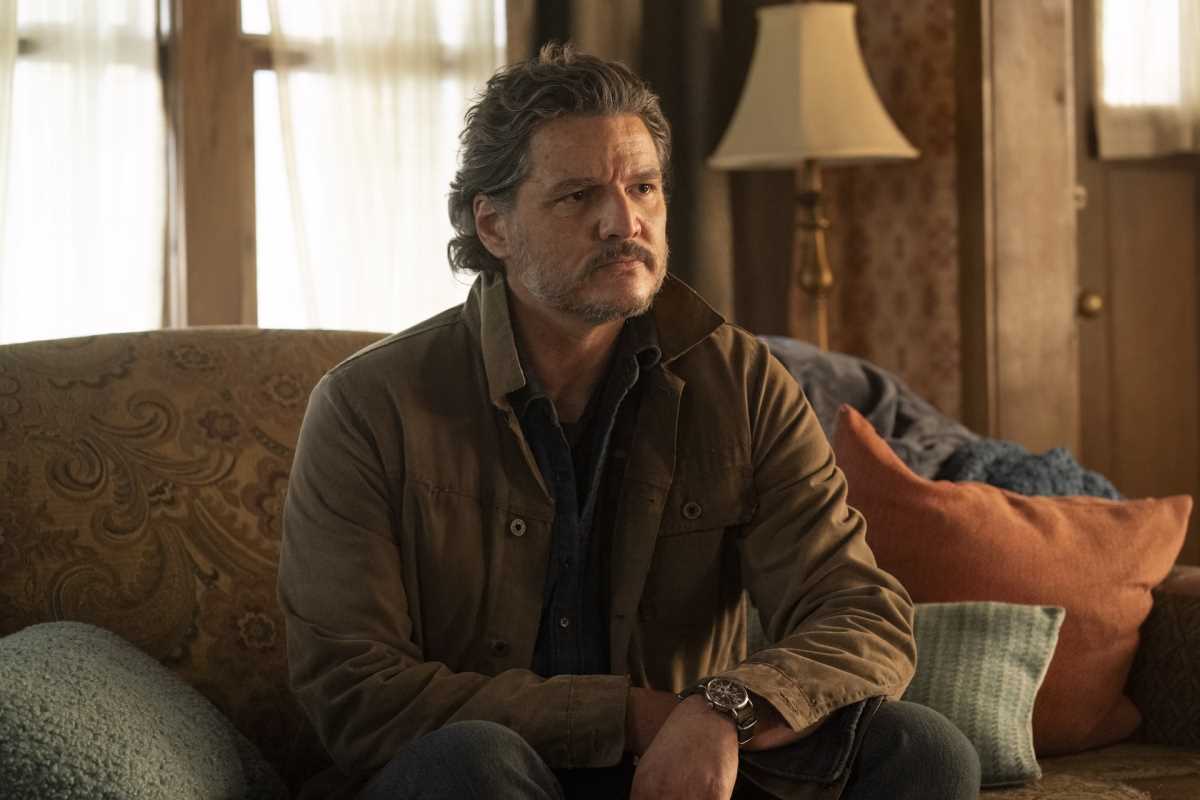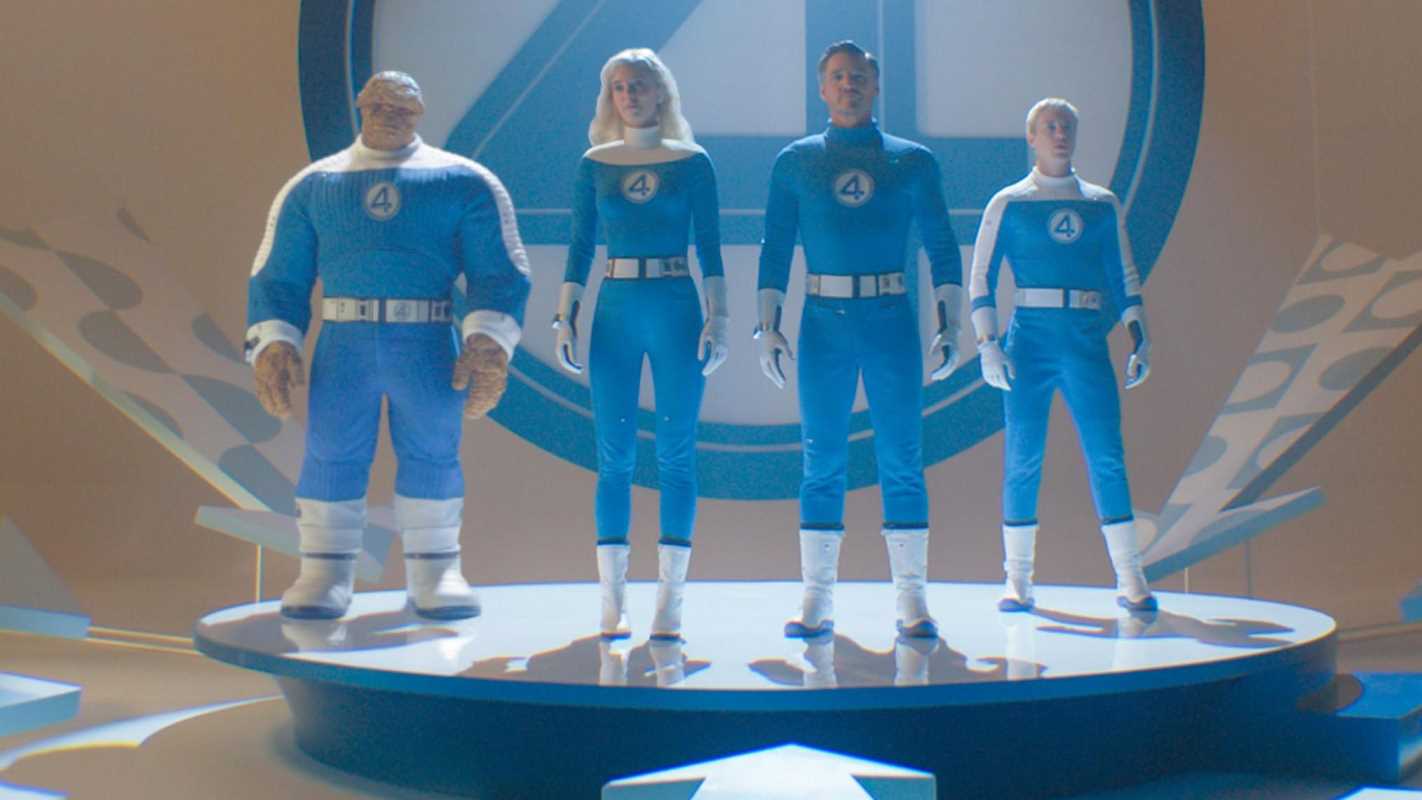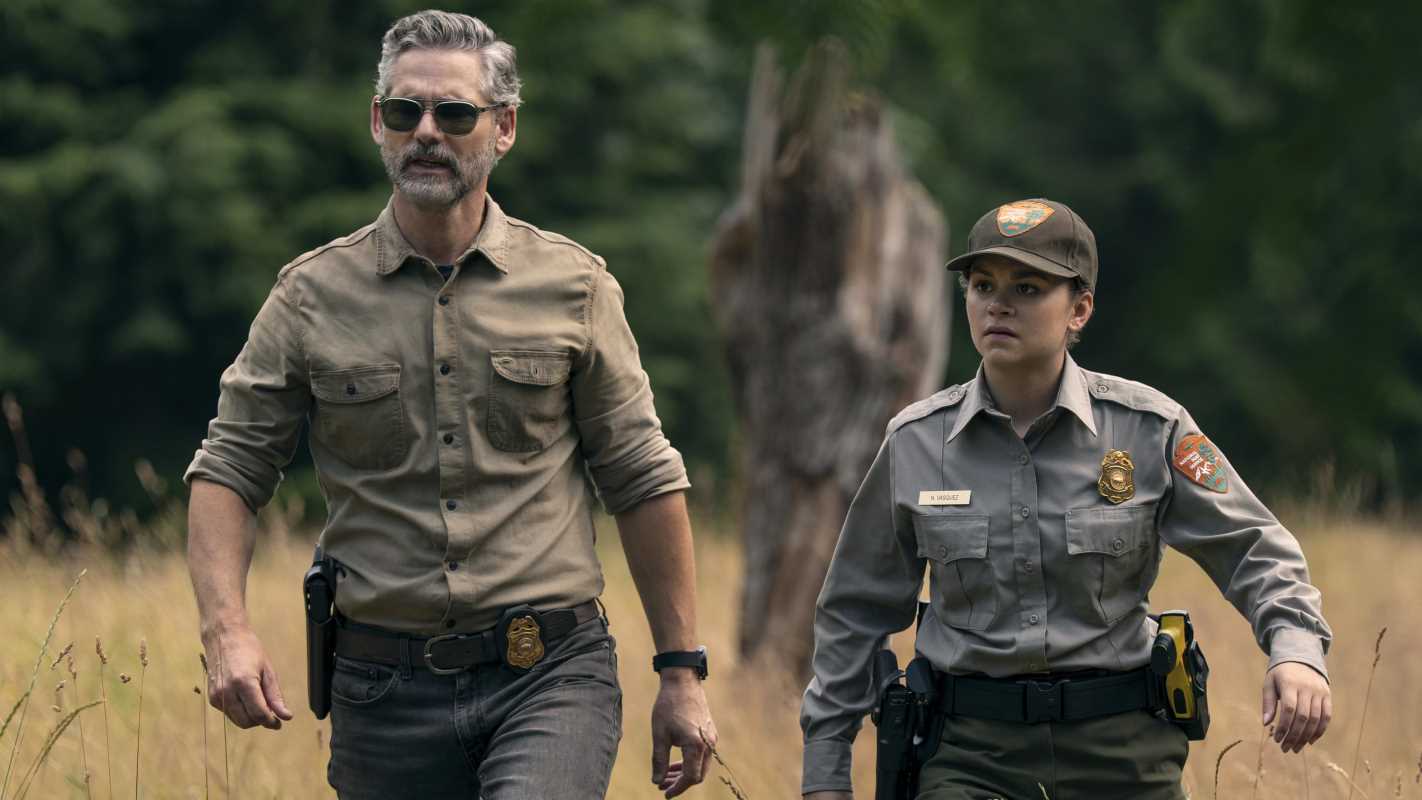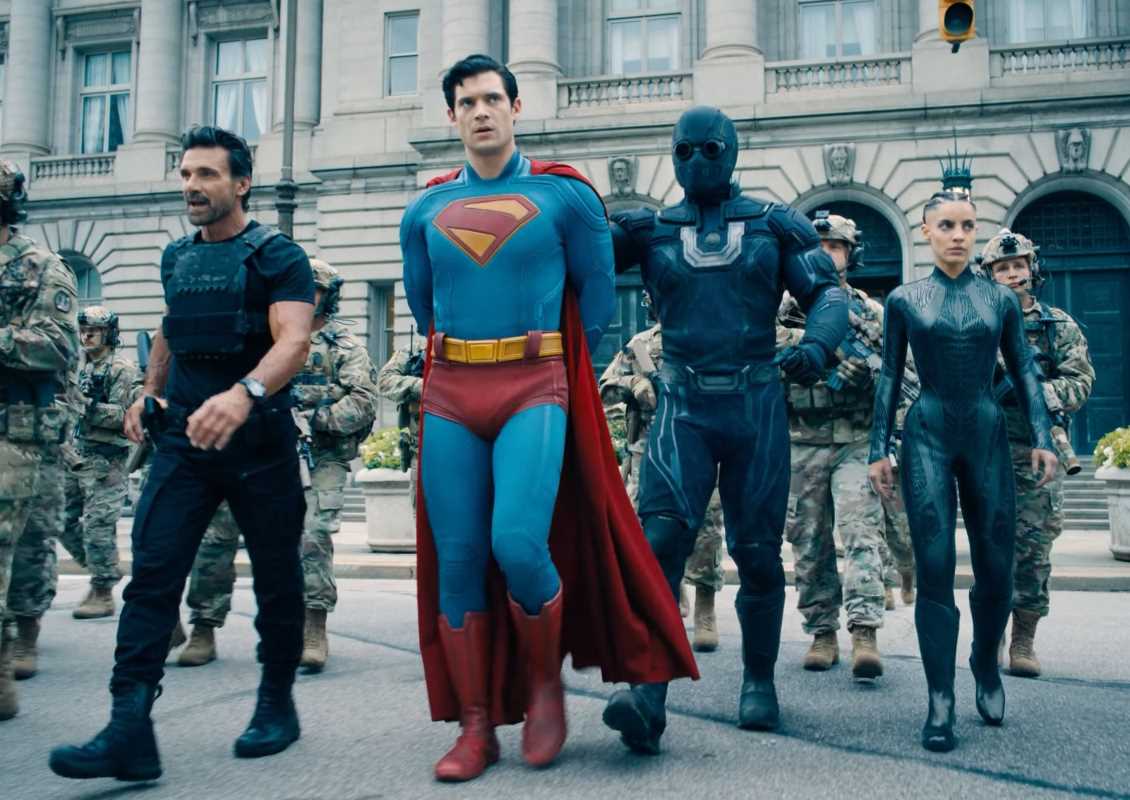Musical theater adaptations present unique challenges that extend beyond traditional film production requirements. "Wicked: Part One" successfully navigates these complexities through exceptional performance work, innovative visual design, and strategic adaptation choices that honor the source material while creating authentic cinematic experiences. This comprehensive examination analyzes how director Jon M. Chu transforms beloved Broadway material into compelling film entertainment.
Performance Excellence and Vocal Achievement
Cynthia Erivo delivers extraordinary work as Elphaba, demonstrating vocal capabilities that rival the most celebrated Broadway interpretations while adapting her performance for cinematic requirements. Erivo's approach balances theatrical projection with intimate screen acting, creating emotional authenticity that functions effectively across both performance mediums. Her rendition of "Defying Gravity" achieves technical excellence while maintaining dramatic coherence within the film's narrative structure.
Ariana Grande provides exceptional interpretation of Glinda, successfully transitioning from pop music performance to musical theater requirements through careful attention to character development and vocal technique. Grande's comedic timing enhances the character's superficial charm while revealing underlying complexity that emerges throughout the narrative progression. Her vocal performance demonstrates sophisticated understanding of musical theater style requirements.
The chemistry between Erivo and Grande anchors the film's emotional foundation through authentic friendship development that progresses logically from initial antagonism to genuine affection. Their duet performances achieve exceptional harmony both vocally and dramatically, creating compelling character dynamics that sustain audience engagement throughout extended musical sequences.
Supporting cast members, including Jonathan Bailey as Fiyero and Michelle Yeoh as Madame Morrible, provide comprehensive character development that enhances rather than competes with the leading performances. Bailey's charismatic portrayal creates authentic romantic tension while maintaining character consistency with established musical theater interpretations.
Visual Design and Production Achievement
The production design creates comprehensive Oz environments that balance fantastical elements with practical accessibility for contemporary audiences. The Emerald City sequences particularly demonstrate exceptional attention to architectural detail and color coordination that supports the narrative themes while creating visually distinctive environments.
Costume design achieves remarkable sophistication through period-appropriate fantasy elements that enhance character differentiation while maintaining visual coherence across diverse ensemble scenes. Elphaba's costume evolution throughout the narrative reflects character development through strategic design choices that function as visual storytelling elements.
The makeup and prosthetics work, particularly for Elphaba's green skin tone, achieves natural appearance that maintains character authenticity while avoiding artificial visual distraction. The technical achievement allows Erivo's facial expressions to remain clearly visible while preserving the character's distinctive physical characteristics.
Set construction demonstrates comprehensive understanding of how theatrical staging translates to cinematic requirements. The Shiz University sequences create authentic academic environments while accommodating complex musical choreography and camera movement necessary for effective film adaptation.
Musical Adaptation and Choreographic Success
The musical arrangements successfully adapt Broadway orchestrations for cinematic presentation through strategic instrumental enhancement that supports rather than overwhelms vocal performances. The integration of practical location recording with studio production creates authentic acoustic environments that maintain musical theater energy while achieving film audio quality standards.
Choreographic sequences demonstrate sophisticated understanding of how stage movement translates to screen presentation through strategic camera placement and editing choices. The dance numbers achieve spectacle appropriate for cinematic presentation while maintaining connection to theatrical staging conventions that define the original musical experience.
"Popular" showcases exceptional integration of choreography, costume changes, and set design that creates visual comedy while supporting vocal performance requirements. The sequence demonstrates how musical theater numbers can be enhanced rather than diminished through cinematic adaptation techniques.
The "Wonderful" sequence demonstrates strategic use of practical effects and makeup transformation that creates dramatic tension while maintaining musical pacing requirements. The integration of character development with spectacular visual elements exemplifies successful adaptation methodology.
Narrative Structure and Adaptation Choices
The decision to divide the musical into two films provides adequate time for comprehensive character development while maintaining appropriate pacing for each narrative segment. Part One concludes at the optimal dramatic moment that provides satisfying resolution while creating anticipation for the continuation.
The screenplay expansion includes additional character background and world-building elements that enhance understanding of political dynamics and character motivations without disrupting the established musical structure. These additions provide context that supports rather than replaces the original musical content.
The integration of new dialogue with existing musical material demonstrates strategic understanding of adaptation requirements that serve both theatrical fans and film audiences. The balance maintains respect for source material while creating fresh entertainment value through expanded narrative scope.
Technical Excellence and Cinematic Craft
The cinematography employs strategic movement and framing choices that enhance musical performances while maintaining visual interest throughout extended vocal sequences. The camera work captures both intimate character moments and spectacular ensemble numbers through consistent visual style that supports narrative coherence.
Sound design and mixing achieve exceptional balance between musical elements and dialogue sequences, creating audio experiences that maintain clarity across diverse acoustic environments. The integration of practical location sound with studio recording creates seamless audio transitions that enhance rather than distract from performance work.
The editing demonstrates sophisticated understanding of musical pacing requirements while incorporating cinematic storytelling techniques that expand upon theatrical staging limitations. The rhythm maintains musical theater energy while accommodating film narrative structure requirements.
Areas for Strategic Improvement
Certain pacing elements suffer from adaptation challenges that create occasional momentum interruptions during transitional sequences between major musical numbers. The film benefits from musical highlights while struggling with connecting material that lacks equivalent theatrical energy.
Some supporting character development receives insufficient attention to justify their narrative presence within the expanded film format. Additional character exploration could enhance the political complexity that drives the central conflict between Elphaba and the Wizard's administration.
The integration of practical and digital effects occasionally creates visual inconsistencies that distract from performance focus during key emotional moments. More strategic deployment of digital enhancement could strengthen rather than compete with the exceptional practical production work.
Cultural Impact and Audience Appeal
The film successfully introduces musical theater material to audiences unfamiliar with Broadway productions while satisfying dedicated fans through respectful adaptation and exceptional performance quality. This broad appeal demonstrates effective strategy for expanding musical theater appreciation through accessible cinematic presentation.
The exploration of political themes through fantasy framework provides relevant contemporary commentary while maintaining entertainment value that avoids heavy-handed social messaging. The thematic content resonates across diverse audience demographics without sacrificing narrative coherence.
Final Assessment and Recommendation
"Wicked: Part One" achieves exceptional success in adapting beloved musical theater material through outstanding performance work, innovative visual design, and strategic narrative expansion that honors source material while creating authentic cinematic entertainment. The film demonstrates how musical adaptations can succeed through comprehensive understanding of both theatrical and cinematic storytelling requirements.
Musical theater enthusiasts will appreciate the respectful treatment of beloved material combined with performance excellence that matches or exceeds Broadway standards. The adaptation demonstrates sophisticated understanding of what makes theatrical material compelling while adapting those elements for cinematic presentation.
Film audiences seeking spectacular entertainment will find exceptional production values combined with compelling character development and outstanding musical performances. The accessibility of the material provides entry point for viewers unfamiliar with musical theater conventions while delivering sophisticated artistic content.
Rating: 8.5/10
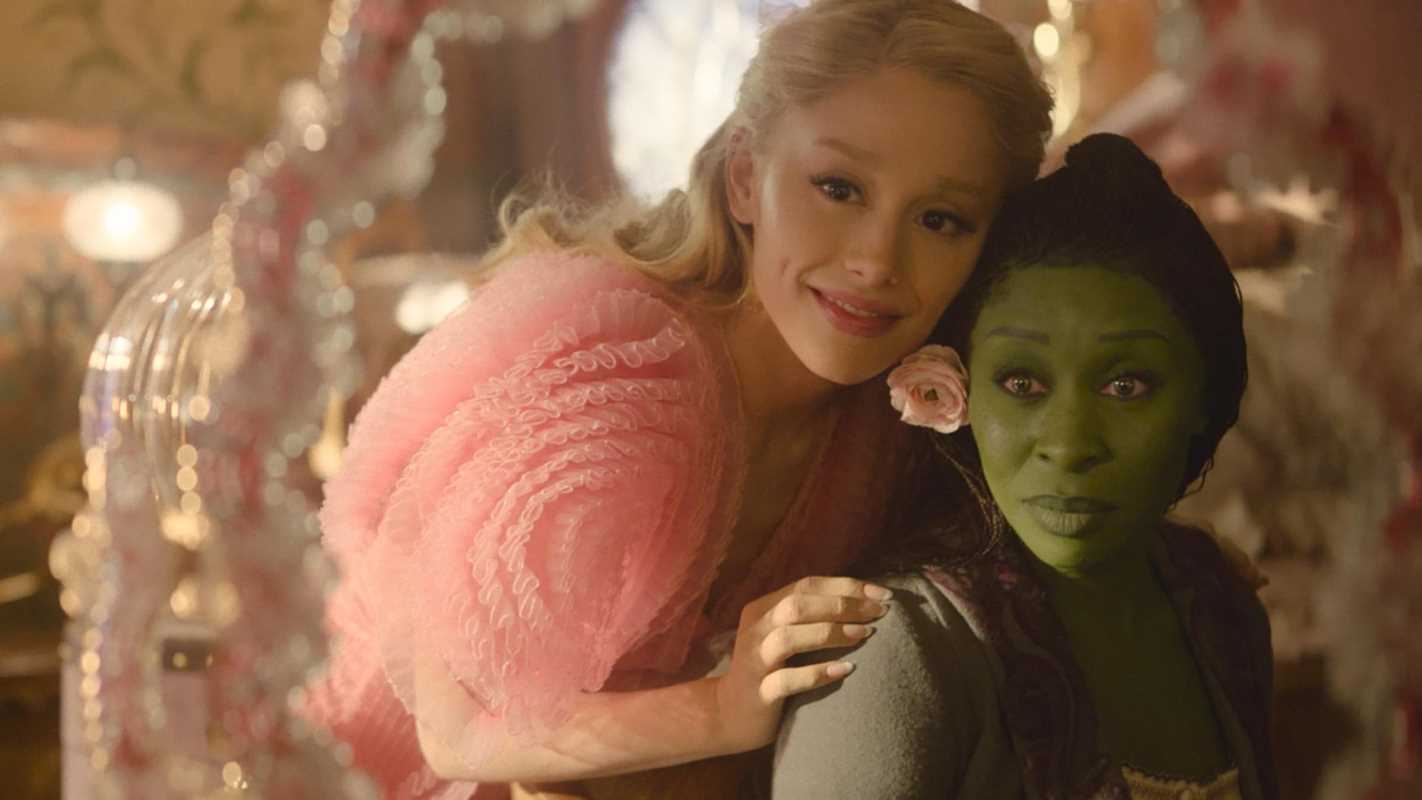 (Image via
(Image via

.jpg)
